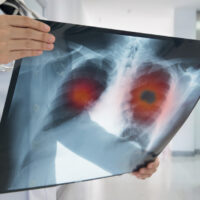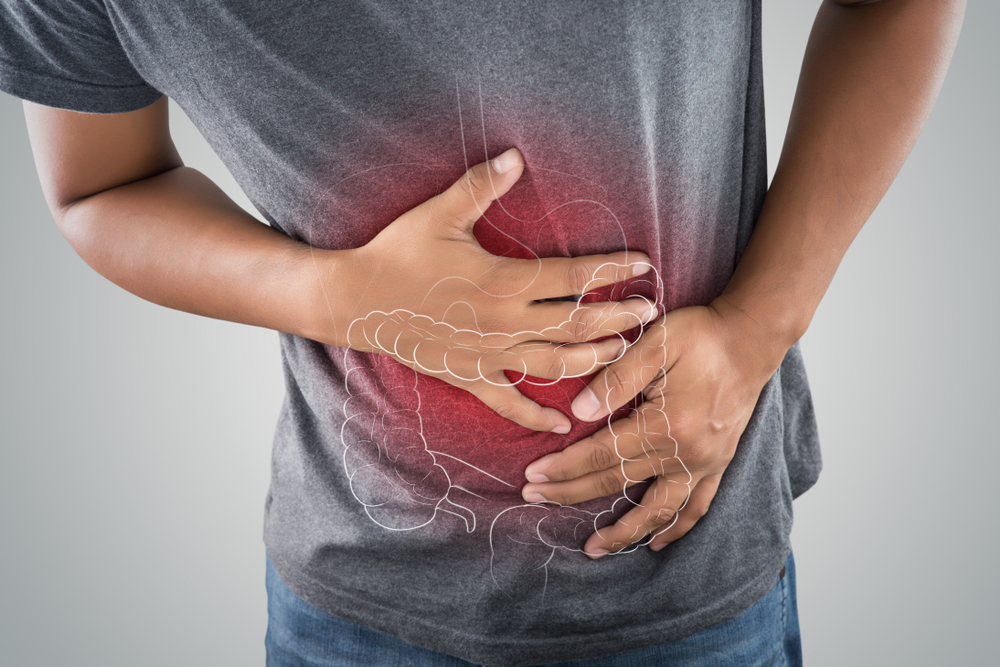What is Cervical cancer?
Cervical cancer starts in the cells that line the cervix when the normal cells gradually become cancerous. Women over 30 years are generally at risk of developing cervical cancer. Nearly all cervical cancers (99%) are linked to a high-risk human papillomaviruses infection(HPV), which is commonly transmitted through sexual contact. Regular screening and HPV vaccines are thus known to help prevent Cervical Cancer.
Types of Cervical Cancer are:
- Squamous Cell Carcinoma: Begins in thin, flat squamous cells which line the outer part of the cervix that projects into the vagina. This is the most common cervical cancer diagnosed.
- Adenocarcinoma: Begins in the column-shaped glandular cells that line the cervical canal.
Symptoms of Cervical cancer
Early-stage cancer generally produces no symptoms. This is why women are advised to undergo regular Pap smear tests or cervical smear tests, for early diagnosis. As the cancer advances, women may experience:
- Unusual vaginal bleeding, i.e. bleeding between periods, bleeding during or after sexual intercourse, bleeding in postmenopausal women or having heavier bleeding during periods than usual
- Changes in vaginal discharge with a strong odour or tinged with blood
- Pain or discomfort during sexual intercourse
- Pain lower stomach, lower back or in the pelvic region (near hip bones)
Causes & Risk Factors
Nearly all cervical cancers are caused by HPV infections. High-risk HPVs are known to cause cervical cancer while low-risk HPV types cause genital warts. Cervical cancer may develop if there is a persistent infection of high-risk HPV in an individual. HPV can be transmitted through:
- Any skin to skin contact of the genital area
- Vaginal, anal, or oral sex
- Sharing of sex toys
Other risk factors that contribute to cervical cancer are:
- Smoking: Women who smoke are twice at risk of developing cervical cancer as those of women who don’t smoke. Researchers believe that tobacco substances could damage the DNA of the cervix cells.
- Having other sexually: transmitted infections (STIs) like HIV, gonorrhoea, syphilis. These infections severely compromise the immune system of a woman, making it hard to fight off HPV infection.
- Using birth control pills for a very long time
- Having a family history of cervical cancer
- Having multiple sexual partners
Diagnosis
The main diagnostic test for cervical cancer is Colposcopy wherein a tube-shaped tube is inserted into the vagina. A microscope lightly placed outside the body is used to look at the cervix. A sample of cells may be collected for biopsy.
Cervical Screening Tests
The two major cervical screening tests include:
- HPV test: Doctors can look for pieces of high-risk HPV types by looking for their DNAs in the cervical cells. This can be tested individually or along with the PAP test.
- PAP test: Doctors use this to look for precancerous changes in the cervical cells.
Both the tests are generally recommended for females over 30 years of age. When done alone, the PAP test can be done once every three years. A co-testing of HPV and PAP tests can be done once every 5 years.
Stages of Cervical Cancer
The staging of cancer helps identify the extent of growth and spread of the cancerous cells. There are 4 stages of cervical cancer identified:
| Stage | |
| 0 | The presence of precancerous cells only |
| 1 | Cancerous cells found in deeper tissues of the cervix and possibly into the uterus and nearby lymph nodes |
| 2 | Cancer has grown into the cervix and uterus but not as far as the pelvic wall or lower part of the vagina. It may or may not affect nearby lymph nodes. |
| 3 | Cancer cells are found in the lower part of the vagina and pelvic walls and may be blocking the uterus or the tubes that carry urine from the bladder. It may or may not affect nearby lymph nodes |
| 4 | Cancer that grows out of the pelvis will affect the bladder or rectum. Later in this stage, it spreads into distant organs like lungs, liver, bones and lymph nodes |
Treatment
Treatment options purely depend on the stage and extent of cancer growth. If the cancerous cells are found only on the surface of the uterus, they can be destroyed with cold-knife conization or LEEP (Loop Electrical Excision Procedure). However, if they have passed deeper into the tissues, surgical removal is recommended. For the invasion of cancer into the entire uterus, a Hysterectomy(removal of the uterus) would be advised. Surgery, radiotherapy and chemotherapy are the widely used treatments across the globe.
1. Surgery:
Early-stage cancers are treated generally with excision/ surgical removal of the cancerous part. It could be either removal of a piece of cancerous tissue or the entire cervix and some surrounding affected area (trachelectomy) or removing the entire affected cervix and the uterus (hysterectomy). Minimally invasive hysterectomy is an option that allows the removal of the uterus through small incisions.
2. Radiotherapy:
This uses high-energy radiation waves, such as X-rays or protons, to kill the cancerous cells. It is used either as the main treatment when the cancer is widely spread or along with surgical removal of the cancerous tissue especially when there is a risk of recurrence of cancer. It is generally combined with chemotherapy as the primary treatment of locally advanced cancer cells. It can be done both externally by radiating the beam on the affected part of the body or internally by placing a capsule containing radioactive materials through the vagina into the cervix or a combined approach.
3. Chemotherapy:
This method uses drugs to kill the cancerous cells administered either through veins (Intravenously) or through oral pills. Drugs can be also used to shrink the cancer cells before the surgery or after surgery to avoid recurrence. Mostly used along with radiotherapy in low doses for locally advanced cells. Higher doses are given in very advanced cancer to help control symptoms.
4. Targeted therapy:
In the case of advanced or recurrent cancer, targeted medicine Avastin is used to either make cancer smaller or prevent it from becoming bigger.
5. Immunotherapy:
It is a drug treatment to help increase immunity to fight cancer. It is considered along with other treatments for advanced cancer.
6. Palliative care:
It is a form of medical care to help patients feel relief from pain. Along with doctors, the palliative care specialists help patients with the journey of cancer to make them feel better by aiming to improve the quality of life of patients and their families.
Prevention
There are several ways to prevent cervical cancer:
- HPV vaccine: Since HPV is the commonest cause of cervical cancer, it is advised that every woman must receive HPV vaccination to reduce the risk of cervical cancer occurrence. It is particularly effective in females who have never been exposed to HPV-16 and HPV-18 infections. It offers a 5 year protection period and is advised to be taken by women before the commencement of sexual activities. This could mean females around the age of 25 years.
- Cervical Screening Tests: Regular screening helps in the early detection of cancer development by indicating early changes of the cervix cells.
- Having safe sex: Using condoms is the best way to prevent HPV transmissions and other sexually transmitted infections.
- Refraining from having multiple sexual partners reduces the risk of HPV transmission.
- Avoiding smoking can also help reduce the risk of acquiring HPV infection.
FAQs
It is mostly diagnosed in women who are sexually active between the age of 35 and 44.
Yes. Symptoms could include a strong, smelly vaginal odour.
Though very uncommon, it could be a symptom when the cancer is advanced.
- 1Together for Health
- 2Amercian Institue for Cancer Research
- 3WHO
- 4CDC
- 5Mayo Clinic
- 6NHS
- 7Medical News Today
- 8American Cancer Society
- 9WebMD
- 10Cleveland Clinic
- 11The Royal Women's Hospital





